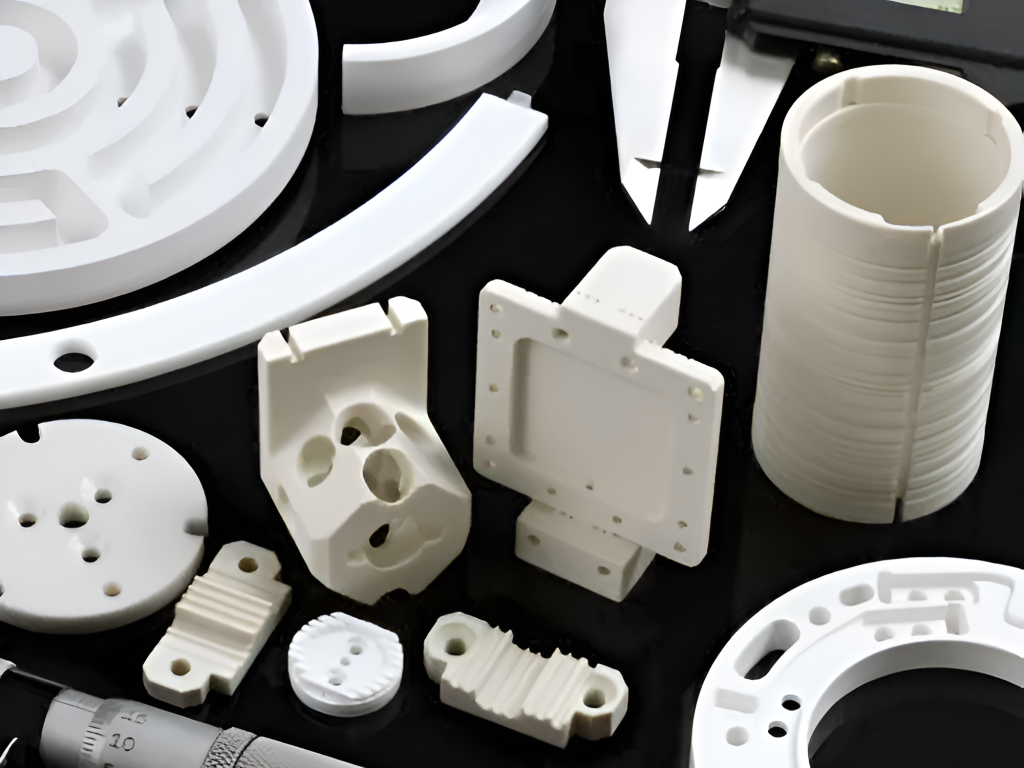Understanding ceramic dispersion
To understand ceramic dispersion, it’s important to know that it refers to the even distribution of ceramic particles in a fluid. Achieving an optimal dispersion is crucial for the milling process because it directly impacts the productivity and quality of the final product. Proper dispersion helps in reducing the milling time and energy consumption, leading to higher productivity. Additionally, it ensures uniformity in the particle size distribution, resulting in consistent and high-quality milled products.

Importance of ceramic dispersion in milling productivity
The dispersion of ceramic particles in the milling process is crucial for achieving high productivity. Proper dispersion ensures that the ceramic particles are uniformly distributed, which leads to more efficient milling and a higher quality end product. Inadequate dispersion can result in uneven milling, leading to product defects and lower productivity. Good dispersion also helps to reduce milling times, minimizing production costs and increasing overall output.
Factors affecting ceramic dispersion
When milling ceramics, several factors can affect the dispersion of the ceramic particles. These factors include the type of milling equipment used, the size and shape of the milling media, the viscosity of the milling fluid, and the milling time. The efficiency and productivity of the milling process can be significantly influenced by ensuring optimal dispersion of the ceramic particles.
Advantages of proper ceramic dispersion
Proper ceramic dispersion can lead to more efficient and precise milling. By ensuring that the ceramic particles are evenly dispersed, you can achieve a more consistent and uniform final product. This results in improved productivity, reduced likelihood of defects, and better overall quality of the milled product. Proper ceramic dispersion also helps to minimize downtime and maintenance by preventing clogging and wear on the milling equipment.
Impact of improper ceramic dispersion
Improper ceramic dispersion can lead to reduced milling productivity and lower-quality products. When ceramic particles are not evenly dispersed, it can result in inconsistent milling results and suboptimal material properties. This can cause issues such as increased tool wear, longer processing times, and higher rejection rates of finished parts. Proper ceramic dispersion is essential for achieving the desired milling productivity and ensuring the quality of the final products.
Techniques for achieving optimal ceramic dispersion
Achieving optimal ceramic dispersion is crucial for maximizing milling productivity. Some techniques to consider include:
- Proper Mixing: Ensure thorough mixing of ceramic particles and dispersant to achieve a uniform dispersion.
- Use of High-Quality Dispersants: Employ high-quality dispersants to enhance the wetting and stabilization of ceramic particles.
- Optimization of Milling Parameters: Adjust milling parameters such as speed, time, and media size to achieve the desired level of ceramic dispersion.
By applying these techniques, you can enhance the overall efficiency and quality of the milling process, leading to improved productivity.
Tools and equipment for ceramic dispersion
When it comes to ceramic dispersion, having the right tools and equipment is crucial for achieving high productivity. Some essential tools and equipment for ceramic dispersion include:
- High-speed dispersers: These are used for efficiently mixing and dispersing ceramic powders in liquid mediums.
- Bead mills: These are commonly used for fine grinding and dispersion of ceramic particles, providing a uniform and smooth texture.
- Vacuum deaerators: These devices help in removing air and gas from the ceramic dispersion process, ensuring better product quality.
- Mixing tanks: These are used for preparing and storing the ceramic dispersion mix, providing a controlled environment for the dispersion process.
Having the appropriate tools and equipment can significantly impact the efficiency and quality of the ceramic dispersion process, leading to improved milling productivity.
Testing methods for evaluating ceramic dispersion
When testing ceramic dispersion, it is important to use reliable methods to accurately evaluate the dispersion quality. The quality of dispersion can significantly impact the productivity of the milling process and the final properties of the product. Some important testing methods for evaluating ceramic dispersion include microscopic analysis, particle size distribution analysis, and rheological testing. Microscopic analysis allows for visual examination of the dispersion quality, while particle size distribution analysis provides quantitative data on particle size. Rheological testing measures the flow and deformation of the dispersion, which can indicate its stability and performance during milling. Using these testing methods can help ensure the effectiveness of ceramic dispersion, leading to improved milling productivity and product quality.
Case studies showcasing the impact of ceramic dispersion on productivity
Case studies have demonstrated how the dispersion of ceramic materials can significantly improve milling productivity. In a study conducted by the Ceramic Industry Magazine, the use of properly dispersed ceramic particles resulted in a 27% increase in milling efficiency. Additionally, another case study published by the Journal of Ceramic Science and Technology reported a 35% reduction in milling time when utilizing well-dispersed ceramic materials. These findings highlight the tangible benefits of achieving optimal ceramic dispersion for enhancing overall productivity in milling processes.
Conclusion and future considerations
In conclusion, the impact of ceramic dispersion on milling productivity is significant. Proper dispersion of ceramic particles results in improved milling efficiency and better quality of milled products. Future considerations should include further research and development to optimize dispersion methods, such as the use of advanced mixing technologies and innovative additives. Additionally, exploring the potential of digital monitoring and control systems for real-time optimization of dispersion parameters could lead to further improvements in milling productivity.